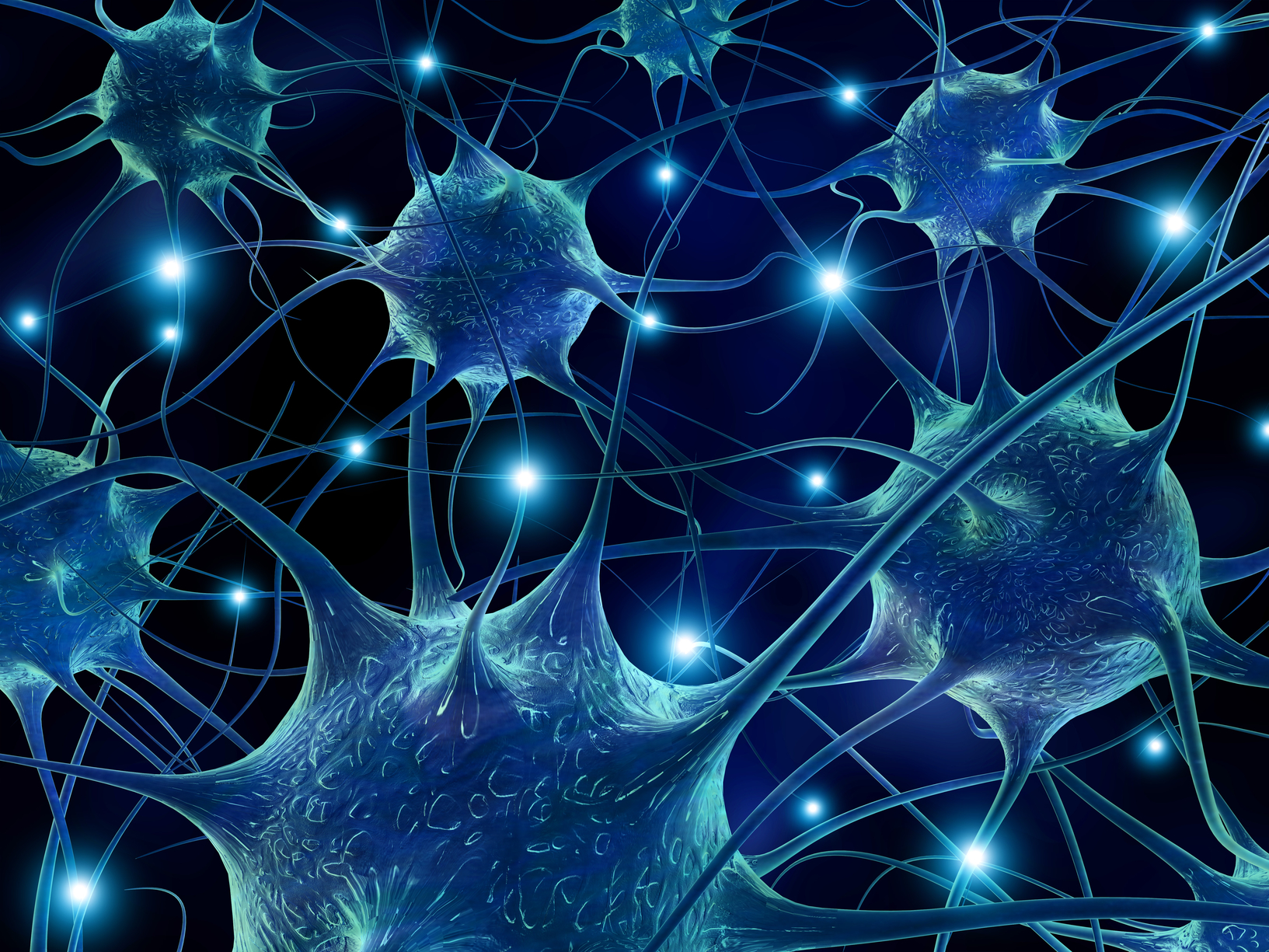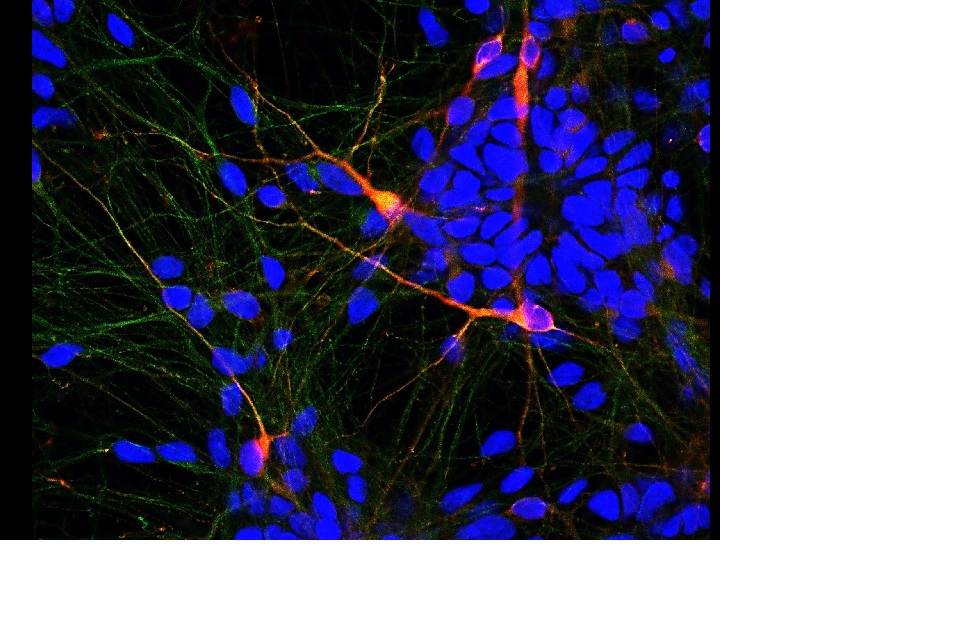[:el]
A team of Greek researchers has discovered a substance that successfully treated laboratory mice suffering from the equivalent of human Parkinson’s Disease, creating new hope of an eventual cure for humans. Their findings were published in the Proceedings of the National Academy of Sciences (PNAS) review in the United State.
The head of the team of researchers Demetrios Vassilatis, of the Biomedical Research Foundation of the Academy of Athens (BRFAA), noted that the discovery was still at a preclinical stage but might lead to a new treatment route in the future. In the team also participate: Athanasios D. Spathis, Xenophon Asvos, Despina Ziavra, Theodoros Karampelas, Stavros Topouzis, Zoe Cournia, Pavlos Alexakos, Christina Dalla, Constantin Tamvakopoulos and Demosthenes Fokas.
Parkinson’s disease (PD) is a progressive neurodegenerative disorder characterized by the loss of dopaminergic (DAergic) neurons in the substantia nigra and the gradual depletion of dopamine (DA). Current treatments replenish the DA deficit and improve symptoms but induce dyskinesias over time, and neuroprotective therapies are nonexistent. The ream reported that Nuclear receptor-related 1 (Nurr1):Retinoid X receptor α (RXRα) activation has a double therapeutic potential for PD, offering both neuroprotective and symptomatic improvement. The combined neuroprotective and symptomatic effects of BRF110 identify Nurr1:RXRα activation as a potential monotherapeutic approach for PD.
[:]





